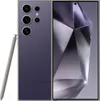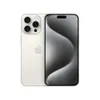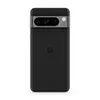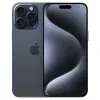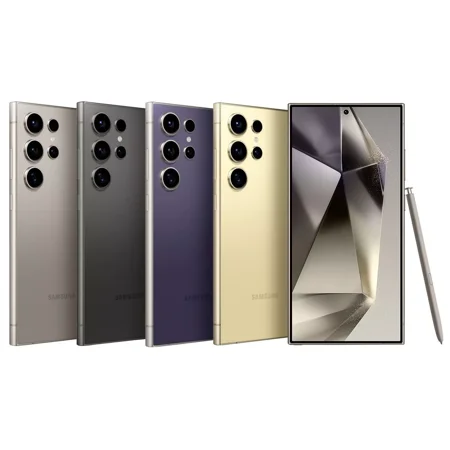Physical fingerprint scanners are still the best — and my experience proves it
Under-display fingerprint scanners are cool tech, but they're still prone to problems
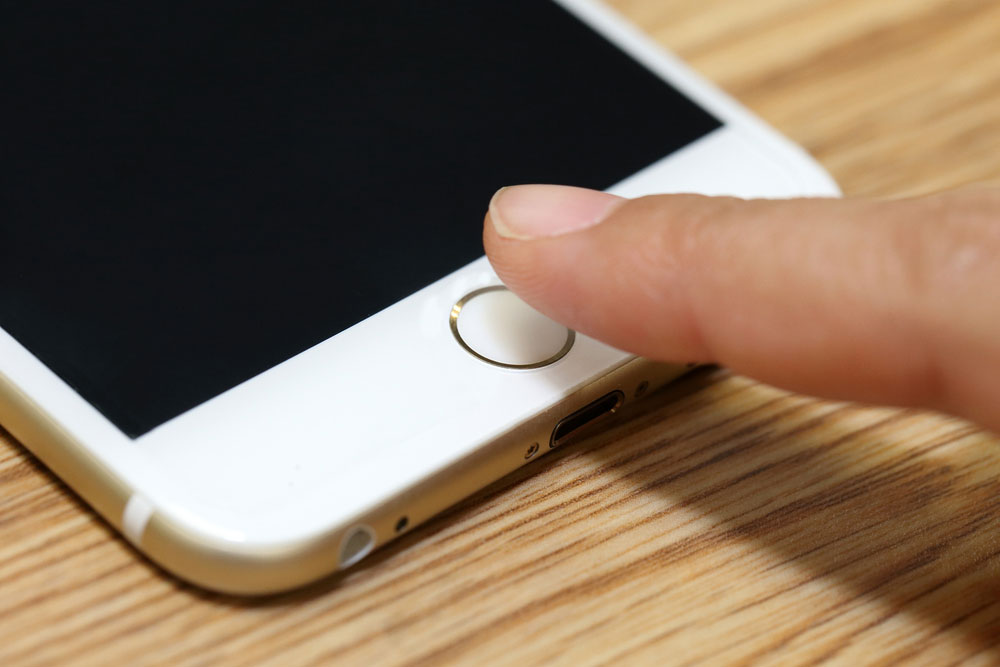
Over the past few years physical fingerprint scanners on phones have dwindled in number. Barring a few exceptions, the best phones have swapped them out for more advanced options. Either some kind of facial recognition, like Apple’s Face ID, or under display fingerprint scanners that are all the rage on Android phones.
Physical fingerprint scanners are few and far between these days. Those that do exist tend to be hidden in the power button rather than their own standalone component. They also only seem to exist on the best foldable phones, which can’t support under-display fingerprint scanners, or cheaper models that can’t justify the price increase of that particular upgrade.
Having now spent some time with the iPad 10th gen, which swaps the Touch ID home button for a fingerprint-scanning power button, I think it’s a shame more phones haven’t opted for that.
The problem with under-display fingerprint scanners
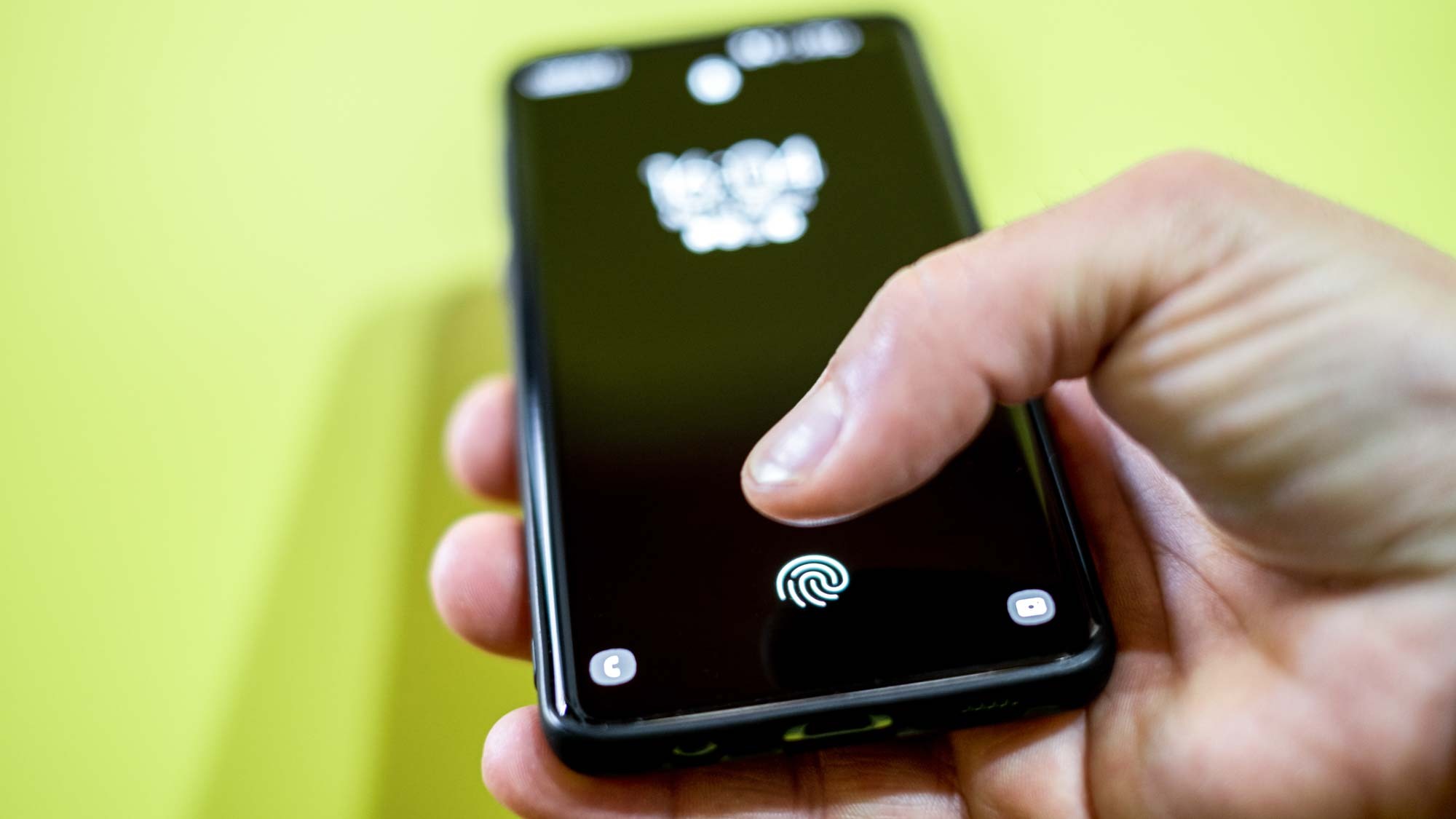
I totally get why under-display fingerprint scanners became a thing. In the shift to full-screen displays the biometric security had to go somewhere. Adopting a Face ID-style system was one option, but it also means adding a giant notch to your phone that eats into your additional screen space. Power-button scanners were around at the time, but this was also around the time the first under-display fingerprint scanners were developed.
If you’re trying to sell a premium phone with a premium price tag, you need the features to go along with it. Hiding an essential piece of the puzzle under the display— with no serious ill-effects to screen performance — is about as premium as you can get. Though these scanners aren’t without their problems.
Not all under-display fingerprint scanners are built equal. There are optical sensors, which utilize light to map and view your fingerprints. These are cheaper to include and a lot more common as a result, but struggle if there’s anything blocking the necessary light like dirt or moisture. Over the years they have proven to be somewhat problematic at times, and every single year we seem to hear about the latest Google Pixel phone having some kind of fingerprint-based screw-up.
Ultrasonic fingerprint scanners are the next step up, utilizing sound waves instead of light. Supposedly this offers better security, as well as a more accurate fingerprint scans — aided by the fact sound waves aren’t as affected by dirt, moisture and whatever else might be in the way. But they are more expensive, and much rarer as a result. Up until now ultrasonic fingerprint scanners have appeared on the flagship Samsung Galaxy S series, but few, if any, other well-known phones.
Both types of scanner can trip up with certain kinds of screen protectors as well, meaning you have to be careful to purchase the correct kind. I also had this issue quite recently when a portion of the screen protector case on my Pixel 6 Pro decided it wasn’t going to stick to the screen like the rest — rendering the fingerprint scanner more or less useless.
I have no clue what caused it, but there were just little slithers of the plastic that wouldn’t play ball. Sadly, trying to remap my fingerprint didn’t help either, because no matter how many times I tried Android just couldn’t seem to complete the process.
The iPad reminded me that physical fingerprint scanners should be king
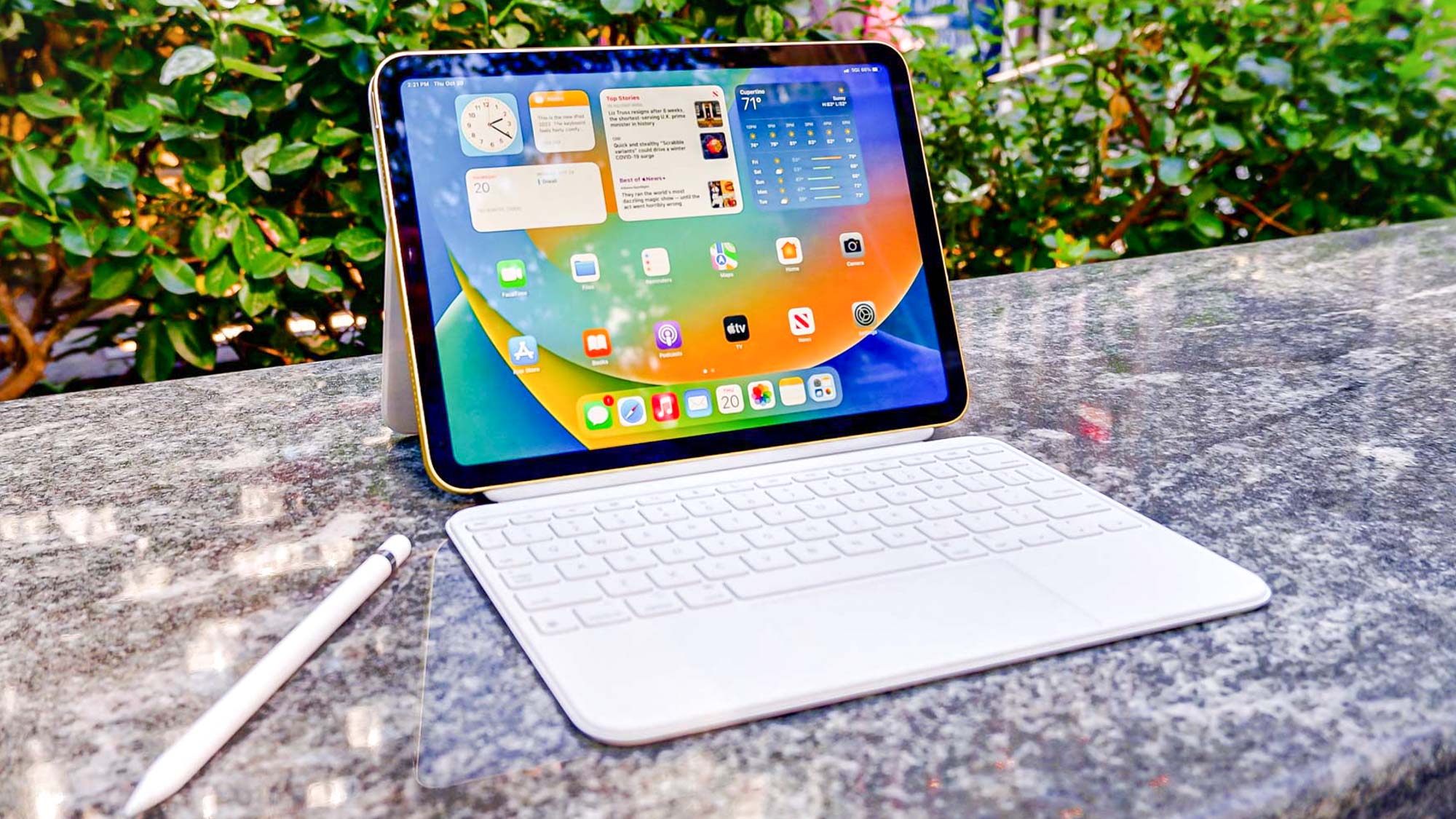
Under-display fingerprint scanners are impressive, there’s no denying that. Especially since they don’t cause screen problems or distortion, which is more than we can say for under-display selfie cameras. But these are the kind of issues that never happened with physical fingerprint scanners. Not without obvious damage anyway. I’ve been reminded of this while using the iPad 10th generation — which ditched the old-school Touch ID home button for one that lives in the power button.
There are a bunch of reasons why people say they like the physical fingerprint buttons over the years. Some of them are faster than under-display models, others let you unlock your phone by touch and without turning on the screen. But after my recent experience I think it all comes down to the fact that they just work.
It’s cliché to bring that up in the context of an Apple product. But even on other phones I’ve tested like the Motorola Razr Plus 2023, that physical fingerprint scanner does what it’s supposed to when it’s supposed to. And no amount of dirt or screen protector issues has any impact on it. In fact, during all my years of using phones when they had physical fingerprint scanners, I never once had any kind of problem. The only thing that could potentially go wrong is if the scanner itself gets damaged — at which point you probably have bigger problems to deal with.
The same was true of the Touch ID home button, even if it never really occurred to me at the time. The whole process was so seamless and smooth that I never really thought about the unlocking process unless my passcode was needed. Finger on the button, let it unlock and that was it.
The only issues I have had are simply to do with not being used to a new way of doing things. I don’t have the muscle memory for the power button scanner yet, so it can take an extra second or two to realize what needs to be done. Likewise, the Motorola Razr Plus 2023 flashed up an on-screen fingerprint icon every time it needed to be unlocked, and my non-thinking brain would push my thumb to the screen to try and unlock it — despite the fact there’s no scanner there.
But those are problems that will eventually disappear with time. Whereas problematic hardware is something you have to live with, and can’t really be fixed after the manufacturing process is over.
Bottom line
Under-display fingerprint scanners aren’t going away anytime soon — and only ever will if something even better comes along. Unfortunately for me, it seems the phone industry has decided that power buttons and physical fingerprint scanners aren’t premium enough to compete. Except in foldables, though that may be more out of necessity due to the devices' unique designs.
Still, having started using a slightly different kind of fingerprint scanner in recent weeks, along with the coincidental issues with the one on my smartphones, I can’t help but wonder what things would be like if under-display fingerprint scanners weren’t considered the “go-to” biometric security option on flagship phones.
Unfortunately, the trend has been set and reversing course is the last sort of thing I expect to happen. It would rely on someone like Apple making that first move and adding Touch ID back to flagship iPhones. But if that was going to happen it would have happened already.
More from Tom's Guide
- Fortnite banned from Samsung phones due to sideloading restrictions — but Epic Games has a solution
- Phones are launching without all their features — and it's a bad look
- Google Maps just got a huge accessibility upgrade — what you need to know
Sign up to get the BEST of Tom's Guide direct to your inbox.
Get instant access to breaking news, the hottest reviews, great deals and helpful tips.

Tom is the Tom's Guide's UK Phones Editor, tackling the latest smartphone news and vocally expressing his opinions about upcoming features or changes. It's long way from his days as editor of Gizmodo UK, when pretty much everything was on the table. He’s usually found trying to squeeze another giant Lego set onto the shelf, draining very large cups of coffee, or complaining about how terrible his Smart TV is.

